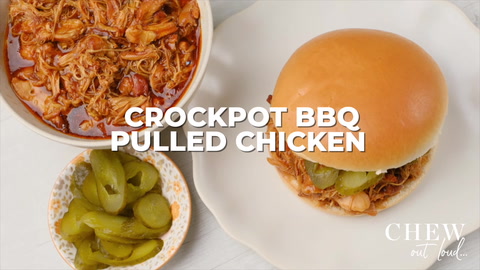Soppressata: Italy’s Spicy Legacy from Pig to Plate
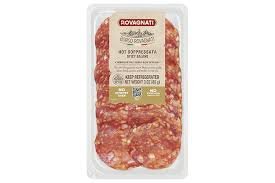
Introduction
Few Italian salumi capture tradition, spice, and rustic craftsmanship like soppressata. Whether you’re a charcuterie board devotee, a food history lover, or just curious about fine cured meats, a well-made soppressata delivers bold flavor and heritage in every bite. Taste-wise, it’s spicy, rich, densely textured—and paired with cheese and good wine, it becomes a show-stopping antipasto.
In this article, we’ll explore what makes soppressata extraordinary: its origins, varieties, production methods, regional styles, culinary uses, nutritional profile, and storage tips. Expect a journey through Italy’s salumi tradition—ground and pressed into delicious slices of cured excellence.

1. What Is Soppressata?
Soppressata is a traditional Italian dry-cured salami made from coarse-cut pork (such as shoulder, ham, or leg), fat, and spices, pressed into a flat, oblong shape and aged typically for 40–120 days Food Readme+9Simply Recipes+9Recipes by Meals+9. Its name derives from the Italian soppressare, meaning “to press,” referring to both its shape and preparation method Simply Recipes+4Vents Magazine+4Recipes by Meals+4.
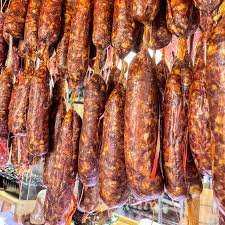
2. Historical Roots of Soppressata
Rooted in rural Italy, soppressata emerged from a necessity to preserve pork through warm seasons—a craft strengthened in regions like Calabria, Puglia, Basilicata, Molise, and Tuscany Italia.itrecipes vibesWikipedia. Families passed down artisanal recipes that reflect local ingredients and climate—making soppressata not just food, but cultural heritage Allrecipes+15recipes vibes+15Recipes by Meals+15.

3. Regional Varieties of Soppressata
3.1. Soppressata di Calabria
This PDO-certified version is the boldest and spiciest, made with pork chunks, salt, black pepper, and Calabrian chili flakes. Its flavor is fiery and the texture dense—thanks to rougher meat cuts and pressing Vents Magazine+1La Cucina Italiana+1.
3.2. Soppressata di Basilicata & Lucania
Richer and deeply savory, the Basilicata variety often blends garlic, paprika, and local spices. The Lucania style tends to be less fiery but highly aromatic using simple herbs and high-quality cuts recipes vibesWikipedia.
3.3. Soppressa Toscana (Tuscan Soppressata)
Made from leftovers like tongue, head meat, and seasoned with herbs such as rosemary and garlic, this version is lightly seasoned and compacted with cooking liquid that gels the sausage into a firm loaf-like shape Wikipedia.
3.4. Sopressa Vicentina (Veneto)
Northern Italy’s variation, pressed between wooden boards, flattened, and often smoky. Rich in texture with aromatic spices—sometimes including cloves or cinnamon—and protected under the DOP designation WikipediaFood Readme.
3.5. Soppressata di Martina Franca (Puglia)
Hailing from Taranto province, this version is lightly smoked for 45 days over almond shells and Mediterranean herbs, then aged over 30 days in air—it develops a fresh, complex taste ideal with bread or wine Wikipedia.

4. How Soppressata Is Made
Soppressata production involves several key steps:
- Meat Selection and Grinding: High-quality pork cuts and fat are coarsely chopped by knife—never finely ground—to preserve rustic texture Vents Magazine+3La Cucina Italiana+3Fromages Charlevoix+3.
- Seasoning: Blends vary by region—from red pepper flakes in Calabria to black peppercorns and herbs in Tuscany and Veneto homelyrecipes.net+2La Cucina Italiana+2Fromages Charlevoix+2.
- Stuffing into Casings and Pressing: The mixture is stuffed into natural hog casings. It’s pressed flat in molds or between wood planks to expel air pockets and shape the sausage Vents Magazine+1Fromages Charlevoix+1.
- Curing and Aging: Dry-curing begins in controlled humidity and temperature; larger sausages can age from 60 to 120 days, losing up to 30% of weight recipes vibes+5All About Delis+5foodandwine.com+5.
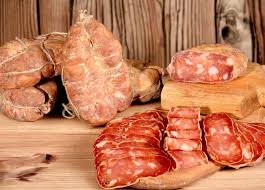
5. Taste and Texture
Soppressata offers a hearty, coarse texture distinct from smoother salamis. Its flavor spectrum ranges from sweet and mild to fiery and intense, depending on region and seasoning—Calabrian versions are more chili-forward, while northern ones may include exotic spices like clove or cinnamon Meat ‘n MarrowAll About Delis.

6. Culinary Uses of Soppressata
Soppressata is incredibly versatile:
- Charcuterie boards: A natural centerpiece paired with aged cheeses, olives, pickles, and crusty bread Fromages Charlevoix+2Vents Magazine+2All About Delis+2.
- Sandwiches & Panini: Layered with provolone or mozzarella, tomatoes, and greens—its bold flavor stands out in every bite Vents Magazine+1Recipes by Meals+1.
- Pizza & Pasta: Sliced or diced into sauces or as a topping—for added flair in recipes like pasta alla soppressata or alla vodka.
- Breakfast dishes: Adds spice to omelets or frittatas.
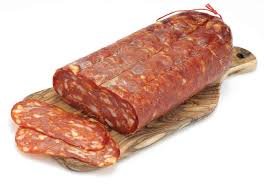
7. Nutritional Profile and Health Notes
Per 1 oz (28 g) of soppressata, you get approximately:
- Calories: 120–150 kcal
- Protein: 6–8 g
- Fat: 10–13 g (including 3–5 g saturated fat)
- Sodium: 450–600 mg Vents MagazineWikipedia+15growvibe+15Fromages Charlevoix+15
- Carbs: 0 g (Keto-friendly)
It’s protein-rich but high in sodium and fat—best enjoyed in moderation.

8. Storage & Shelf Life
To preserve quality:
- Wrap open soppressata in parchment or plastic and refrigerate; it stays fresh for up to 2–3 weeks. Vacuum-sealed, it can last several months growvibeMeat ‘n Marrow+7La Cucina Italiana+7Fromages Charlevoix+7.
- Whole, uncured pieces can age further in a cool, ventilated space (ideal for artisanal producers).
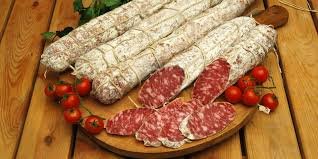
9. Choosing the Right Soppressata
When buying:
- Look for origin labels—Soppressata di Calabria DOP, Vicentina DOP, or Martina Franca to guarantee authenticity The Spruce EatsWikipedia+3Wikipedia+3Wikipedia+3.
- Prefer artisanal over mass-produced to enjoy nuanced flavors and tradition.
- Taste different styles—spicy vs mild, sweet vs smoky—to discover your preferred profile.
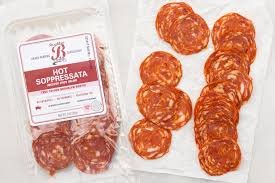
10. Why Choose Soppressata
- Cultural authenticity: Deeply tied to Italian food heritage and regional identities.
- Bold flavor: A standout among cured meats due to its spice heritage.
- Rustic texture: Coarse, artisanal mouthfeel unlike smoother salamis.
- Versatile use: From snack boards to recipes and sandwiches.
- Shelf stability: Good for travel, prepping, or grazing—just keep it chilled.

11. Quick Reference: Soppressata vs Other Salumi
| Feature | Soppressata | Typical Salami | Prosciutto |
|---|---|---|---|
| Texture | Coarse, pressed, dense | Smooth, fine grind | Thin, delicate slices |
| Flavor | Sweet or intensely spicy | Mild or seasoned | Salty-sweet, rich |
| Typical Regions | Calabria, Puglia, Tuscany, Veneto | Northern & Southern Italy | Parma, San Daniele, etc. |
| Aging Time | 40–120 days | Varies | Several months to a year |
| Typical Use | Charcuterie, sandwich, cooking | Multi-use | Eaten raw or wrapped dishes |
Conclusion
Soppressata is more than cured meat—it’s the embodiment of Italian culinary tradition, shaped by pressing, fired by spice, and crafted across centuries of regional technique. From fiery Soppressata di Calabria to aromatic Sopressa Vicentina, each variation tells a story.
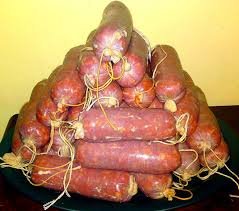
So the next time you’re curating a charcuterie board, crafting a gourmet sandwich, or simply exploring Italian flavors, reach for soppressata—an Italian cured gem that blends history, texture, and bold taste in every slice.





